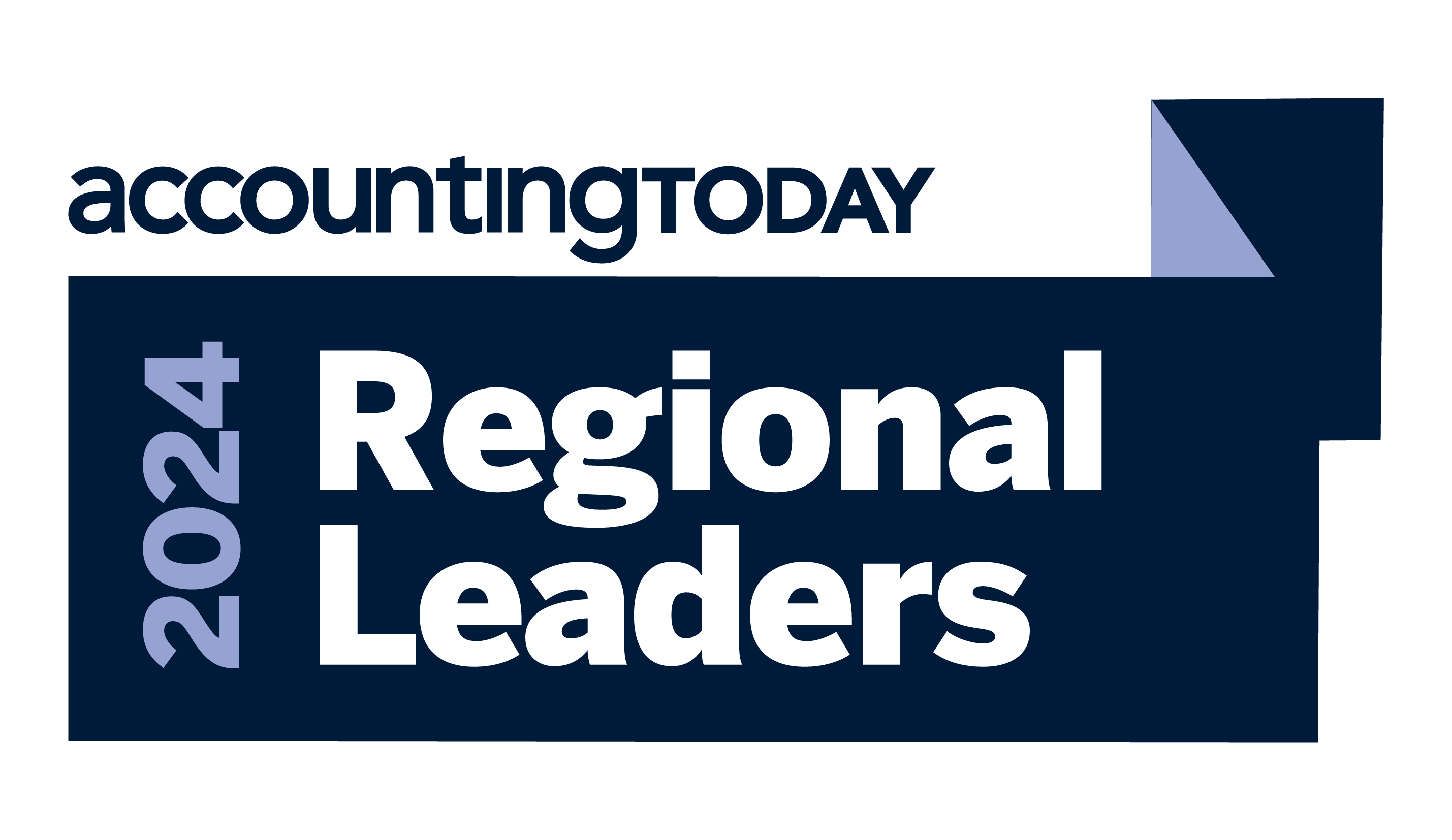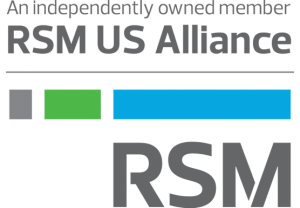Insights
We are proud to be named a West Coast Regional Leader for 2024


Consolidated Appropriations Act of 2021 includes disaster relief
TAX ALERT |
Authored by RSM US LLP
The Consolidated Appropriations Act of 2021 (Act) includes provisions extending disaster relief to businesses and individuals affected by a qualified disaster that reside or operate in a qualified disaster zone. Included in these provisions are rules allowing for the use of qualified retirement funds, an employee retention credit, allowance of casualty loss for personal use property and qualified disaster relief contributions.
A qualified disaster area is any area where the President declared a major disaster under section 401 of the Robert T. Stafford Disaster Relief and Emergency Assistance Act (Stafford Act) during the period beginning Jan. 1, 2020 and ending Feb. 25, 2021 (60 days following the enactment). COVID-19 related disasters are not included in this definition. The term qualified disaster zone is any qualified disaster area that the President determined individual and public assistance was warranted under the Stafford Act.
Special disaster related rules for use of retirement funds
Taxpayers residing in a qualified disaster area that received an economic loss from the disaster are allowed to take up to a $100,000 distribution form their 401(k) or IRA without incurring the 10% early distribution penalty. This distribution must occur during the period beginning with the date of the qualified disaster and ending 180 days after enactment. Income from a qualified disaster distribution is spread ratably over the three-year period beginning with the year of the distribution. Taxpayers do have the option to include the amount in income for the year the distribution is received.
For qualified individuals there are also provisions increasing the maximum loan amount from qualified employer retirement plans to $100,000, delaying payment of plan loans and allowing for the recontribution of distributions made for the construction or purchase of a home in a qualified disaster area.
Employee Retention Credit for employers affected by qualified disasters
A General Business Credit is added for eligible employers equal to 40% of qualified wages up to $6,000 per qualified employee. There are provisions that would allow a tax exempt organization to take this credit for payroll tax purposes; however, it is not refundable.
An eligible employer must conduct an active trade or business in a qualified disaster zone that is inoperable at any time during the period beginning on the first day of the incident period and ending on the date of enactment.
Qualified wages are wages paid to an employee whose principal place of employment was in the qualified disaster zone immediately prior to the qualified disaster. Wages paid or incurred from the date the business became inoperable to the date on which the business resumed significant operations are included. Qualified wages exclude wages taken into account to determine the employee retention credit under section 2301 of the CARES Act. The maximum period of inclusion ends 150 days following the date of inoperability.
Qualified disaster relief contributions
A corporation will be allowed to deduct qualified disaster relief contributions up to 100% of their taxable income.
Qualified disaster relief contributions are cash contributions to public charities made for relief efforts in a qualified disaster area. Qualified disaster relief contributions must be paid during the period beginning Jan. 1, 2020, ending on the date 60 days after the enactment of the Act. This provision is elective and contributions qualifying for the expanded 25% limitation under the CARES Act will be taken into account before qualified disaster relief contributions.
Qualified disaster related personal casualty losses
The Act allows individual taxpayers with qualified personal casualty loss the ability to deduct their unreimbursed amounts in excess of $500. Eliminating the $100 and 10% of adjusted gross income limitation. For those taxpayers that do not itemize the Act allows an increase in the standard deduction by the net disaster loss.
A net disaster loss for this purpose is the excess of qualified disaster-related personal casualty losses over casualty gains. Qualified disaster losses must arise in a qualified disaster area, as defined earlier, on or after the first day of the incident period and be attributable to the qualified disaster.
Low-income housing tax credit
For the calendar years, 2021 and 2022 the state Low Income Housing Credit ceiling has been increased to those states that include a qualified disaster zone. The increase for 2021 will be equal to $3.50 multiplied by the 2020 population of the state living within the qualified disaster zone limited to 65% of that state’s credit ceiling for 2020. Any credits that are unallocated in 2021 are allowed to be allocated in 2022.
The provisions also allow an increase in the time period to place a building in service from two to three years, and the period of time for incurring ten percent of costs from one to two years. To qualify for the increased time period the building must be located in a qualified disaster zone.
Let's Talk!
Call us at +1 213.873.1700, email us at solutions@vasquezcpa.com or fill out the form below and we'll contact you to discuss your specific situation.
This article was written by Andy Swanson, Michael Reeves and originally appeared on 2021-01-08.
2020 RSM US LLP. All rights reserved.
https://rsmus.com/what-we-do/services/tax/credits-and-incentives/consolidated-appropriations-act-of-2021-includes-disaster-relief.html
The information contained herein is general in nature and based on authorities that are subject to change. RSM US LLP guarantees neither the accuracy nor completeness of any information and is not responsible for any errors or omissions, or for results obtained by others as a result of reliance upon such information. RSM US LLP assumes no obligation to inform the reader of any changes in tax laws or other factors that could affect information contained herein. This publication does not, and is not intended to, provide legal, tax or accounting advice, and readers should consult their tax advisors concerning the application of tax laws to their particular situations. This analysis is not tax advice and is not intended or written to be used, and cannot be used, for purposes of avoiding tax penalties that may be imposed on any taxpayer.
RSM US Alliance provides its members with access to resources of RSM US LLP. RSM US Alliance member firms are separate and independent businesses and legal entities that are responsible for their own acts and omissions, and each is separate and independent from RSM US LLP. RSM US LLP is the U.S. member firm of RSM International, a global network of independent audit, tax, and consulting firms. Members of RSM US Alliance have access to RSM International resources through RSM US LLP but are not member firms of RSM International. Visit rsmus.com/about us for more information regarding RSM US LLP and RSM International. The RSM logo is used under license by RSM US LLP. RSM US Alliance products and services are proprietary to RSM US LLP.

Vasquez & Company LLP is a proud member of the RSM US Alliance, a premier affiliation of independent accounting and consulting firms in the United States. RSM US Alliance provides our firm with access to resources of RSM US LLP, the leading provider of audit, tax and consulting services focused on the middle market. RSM US LLP is a licensed CPA firm and the U.S. member of RSM International, a global network of independent audit, tax and consulting firms with more than 43,000 people in over 120 countries.
Our membership in RSM US Alliance has elevated our capabilities in the marketplace, helping to differentiate our firm from the competition while allowing us to maintain our independence and entrepreneurial culture. We have access to a valuable peer network of like-sized firms as well as a broad range of tools, expertise and technical resources.
For more information on how Vasquez & Company LLP can assist you, please call +1 213.873.1700.
Subscribe to receive important updates from our Insights and Resources.